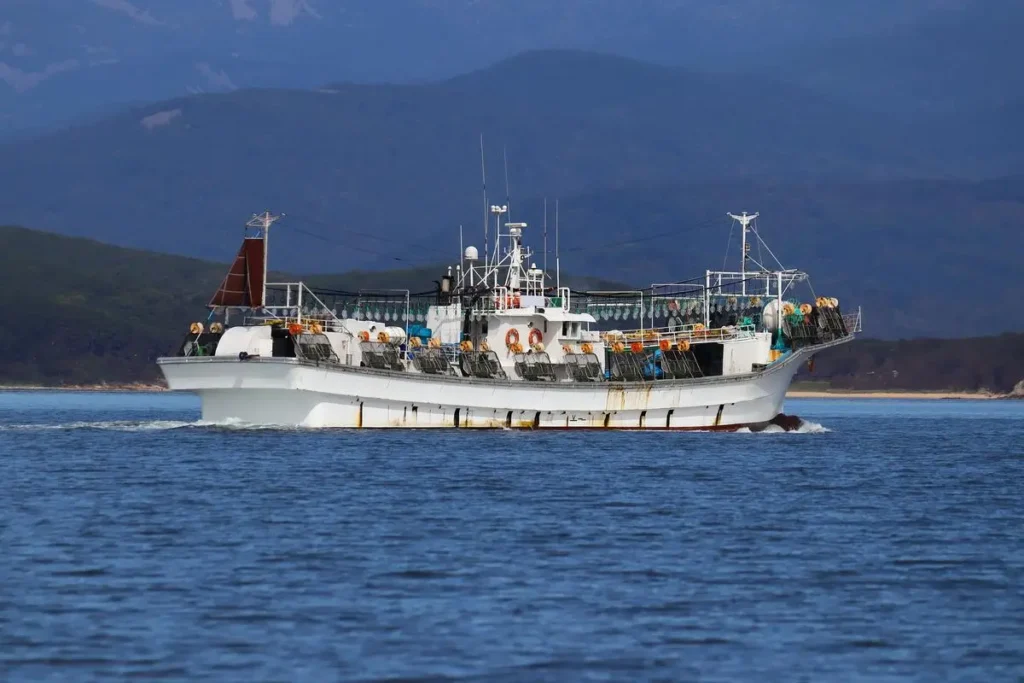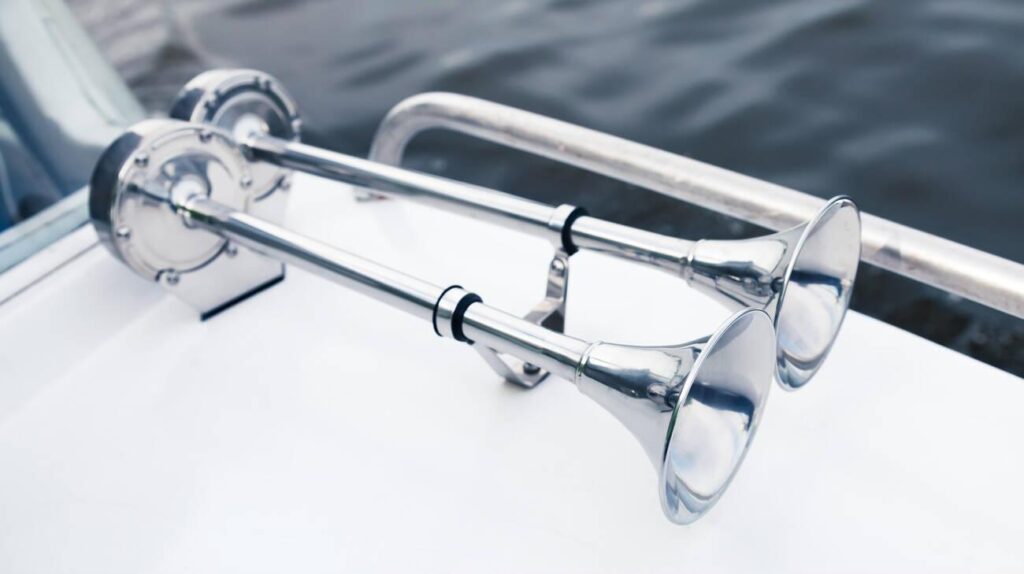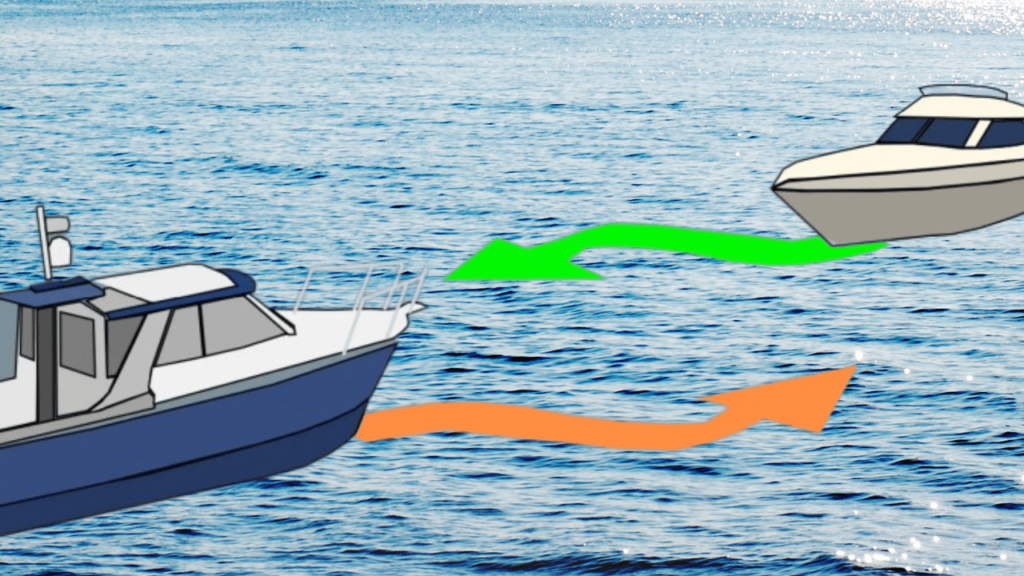Boating, a leisurely activity that many have come to love, has seen a significant rise in popularity over recent years. With this surge in interest, our waterways have become busier, making the understanding of maritime rules more crucial than ever. How should you pass a fishing boat?

This seemingly simple question holds great importance in ensuring safety on the water.
In this comprehensive guide, I’ll delve deep into the etiquettes, rules, and best practices of passing a fishing boat, ensuring that your next boating adventure is both enjoyable and safe.
Table of Contents
The Rising Popularity of Boating
The allure of the open water has drawn many to embrace boating as a favorite pastime.
Recent statistics show that the number of boaters has increased by 20% in the last decade alone.
With more boats navigating our waterways, the challenges of ensuring safety and avoiding congestion have become paramount.
The freedom of the open sea, the thrill of the wind in your hair, and the joy of discovering hidden coves and pristine beaches have made boating a beloved activity for many.
Understanding the Basics of Right-of-Way
Just as we have traffic rules on land, the waters have their own set of guidelines.
The term “Right-of-Way” in the maritime context refers to which boat has the priority to proceed in a particular situation.
Think of it as the traffic lights of the sea, guiding vessels to move harmoniously.
But unlike roads, waterways don’t have painted lanes or signs.
This makes understanding and respecting the right-of-way even more critical.
The Unique Challenges of Passing Fishing Boats
Fishing boats present a unique challenge. Often, they have ropes, lines, and nets extending into the water.
A simple oversight or miscalculation can lead to tangled equipment or, worse, accidents.
Recognizing these challenges is the first step to navigating them safely.
It’s not just about the physical obstacles; understanding the work and effort of fishermen can foster a sense of respect and patience when passing.
How Should You Pass A Fishing Boat: Step-by-Step Guide
1) Assessing the Situation:
Before making any move, it’s essential to observe. Look for signs like floating buoys or visible nets that indicate the presence of fishing equipment.
Use binoculars if necessary and always be on the lookout for subtle cues, like birds circling an area, which might indicate fishing activity below.
2) Communication is Key:
Whether it’s using flags, hand gestures, or a simple shout across the water, ensuring you’ve communicated your intentions is vital.
A short honk or a wave can go a long way in preventing misunderstandings.

Remember, on the vast expanse of the sea, clear communication can be a lifesaver.
3) The Starboard Rule:
Traditionally, boats pass each other on the starboard (right-hand) side.

This is a universally accepted practice and ensures a smooth flow of traffic. But why starboard?
This tradition dates back to ancient seafaring days when steering oars were placed on the right side of boats.
4) Exceptions to the Rule:
There might be situations where passing on the port side is safer or more feasible.
In such cases, clear communication becomes even more crucial. Always signal your intentions and wait for acknowledgment.
5) The Importance of Patience:
Rushing can lead to mistakes. Always approach another vessel with caution, especially when visibility is low or the waters are choppy.
Remember, the sea is vast, and there’s always time to ensure safety.
Read more: How Much Does A Fishing Boat Weigh
The Hierarchy of Right-of-Way in Boating:
Navigating the waters isn’t just about knowing the rules; it’s about understanding the hierarchy. Some boats, due to their size, function, or limitations, have a higher right-of-way than others.
| Priority | Type of Vessel | Reasoning |
|---|---|---|
| 1 | Boats being overtaken | They might not see the overtaking boat. |
| 2 | Unmanned boats | They can’t maneuver or change course. |
| 3 | Boats with gear in the water | Their gear restricts their movement. |
| 4 | Boats with restricted navigation | Their size or cargo limits their maneuverability. |
| 5 | Fishing boats that are actively fishing | They have equipment in the water. |
| 6 | Sailboats | They depend on the wind and might have limited control. |
| 7 | Powerboats | They are agile and can change course quickly. |
Sailing vs. Power Boats:
While both types of vessels have their own charm, they follow different rules when it comes to right-of-way.
Sailboats, for instance, usually have the right-of-way over powerboats unless they’re overtaking.
This is because sailboats depend on the wind and might not be able to change course quickly.
Powerboats, with their engines, have more agility and can maneuver easily.
Boating Etiquette Beyond the Rules:

Beyond the written rules, there’s an unwritten code of conduct on the water.
Reducing your wake when passing, giving a wide berth to fishing boats, and offering a helping hand when needed are all part of the maritime camaraderie.
It’s about fostering a sense of community and mutual respect among all those who share the love of the sea.
You may also like to know: Why Should Boaters Slow Down While Passing Recreational Fishing Boats
FAQs:
Which side do you pass a boat on?
Traditionally, boats pass each other on the starboard (right-hand) side. This is a universally accepted maritime practice, ensuring smooth and predictable navigation on the water.
How far should I stay away from a fishing boat when passing?
When passing a fishing boat, it’s advisable to maintain a safe distance, typically at least 150 feet or more, depending on the size of the fishing boat and the presence of any fishing equipment in the water. Always prioritize safety and be cautious of any visible lines, nets, or buoys.
Can I pass a fishing boat on the side they are fishing on?
It’s generally not recommended to pass a fishing boat on the side they are actively fishing on due to the potential presence of fishing lines, nets, or other equipment. If you must pass on that side, communicate your intentions clearly and ensure you have ample space to navigate safely.
What should I do if a fishing boat signals for me to stop or slow down?
If a fishing boat signals for you to stop or slow down, it’s essential to immediately reduce your speed and assess the situation. The signal might indicate potential hazards, active fishing operations, or other concerns. Always prioritize safety and communication when on the water.
Conclusion:
Understanding how to pass a fishing boat is more than just knowing the rules; it’s about ensuring safety, showing respect, and fostering a sense of community on the water.
As the number of boaters continues to grow, let’s all pledge to make our waterways safer and more enjoyable for everyone. Remember, the sea is vast, but our responsibility to each other is even greater.
